Ubiquiti airMAX LiteBeam 5AC Gen 2 5GHz 23dBi CPE: Your Go-To for Long-Range 5GHz in Kenya
Let’s talk about getting internet to those hard-to-reach places in Kenya. By 2025, pretty much everyone (we’re talking 90%!) should have internet access. And with more folks in rural areas needing reliable connections, there’s a big push for the kind of equipment that can make that happen. That’s where the Ubiquiti LBE-5AC-Gen2 comes in.
You can find this device at Phonex Technologies for around KES 16,000. What is it? It’s a clever piece of kit that acts like a bridge, sending a Wi-Fi signal over long distances. We’re talking 5GHz, which means a fast connection, and the 23dBi antenna helps it reach over 15 kilometers. You can use it to connect homes, schools, even businesses in places like Nyeri, Kitui, and Mombasa to the wider network.
People are definitely looking for this kind of thing. Searches for Ubiquiti LBE-5AC-Gen2 Kenya and 23dBi CPE price Nairobi are way up this year. So, let’s break down what makes this device so useful and why it might be the right choice for getting internet to rural areas.
What is LBE-5AC-Gen2?
Imagine a device mounted on a rooftop in rural Kenya, pointed towards a LAP-GPS tower about 12 km away. It’s sending a signal, delivering a solid 25 Mbps to a house. That’s enough to power online learning and even those new-fangled farming gadgets.
The Specs That Matter
Here’s a closer look at what the LBE-5AC-Gen2 brings to the table. These details come straight from Ubiquiti, so you know they’re accurate:
- Radio Type: It uses airMAX AC, which is a fancy way of saying it’s fast (450+ Mbps).
- Antenna: The antenna is directional (23 dBi) and focuses the signal, reaching faraway places.
- Power: It can transmit at 25 dBm, which is ample to send signal over distance.
- Processor/Memory: Runs with capable processor for for processing data in real-time.
- Networking: It uses GbE PoE In, which means you can power it with one simple Ethernet cable.
- Power Usage: It doesn’t use much power (7W max), that can even work with solar power.
- Build: It’s light (less than 1 kg) and can withstand the elements.
- Other Features: It’s protected from electrical surges, can be managed with a mobile app, and has lights to help you line it up correctly.
How Ubiquiti airMAX LiteBeam 5AC Gen 2 in the Ubiquiti Family
Think of the LBE-5AC-Gen2 as the star player in Ubiquiti’s LiteBeam Gen2 lineup. It’s much quicker than older models and integrates well with the UISP system (Ubiquiti Internet Service Provider). It can extend your network further than devices like the NanoStation 5AC Loco, and it’s easier to set up than the heavier PBE-5AC-Gen2.
The Good and the Not-So-Good
- What’s to like: It has a strong antenna (23 dBi), fast speeds (450+ Mbps), long reach (15+ km), is lightweight, and works with UISP.
- Things to keep in mind: It sends the signal in one direction only, needs a clear line of sight, and uses a specific type of power supply (24V PoE).
How Ubiquiti airMAX LiteBeam 5AC Gen 2 Helps in Kenya. Use cases
This device can make a real difference in getting internet to people. Here’s how:
- Rural Internet: Connect homes and schools in the countryside to the internet, making things like online education and modern farming possible. One internet company in Meru, for example, connected over 200 homes using this device.
- Connecting Buildings: Connect offices or clinics that are a fair distance apart.
- WiFi on Campus: Universities can use it to spread their Wi-Fi network to student dorms.
- Industrial Uses: Factories can use it to connect security cameras and sensors.
The Perks and Drawbacks
- It’s great because: It reaches far, is fast, and can be controlled from the cloud.
- But remember: It needs to be pointed precisely, and the signal needs a clear shot (if there are many obstacles, you might need instead the NSM2). There are alternatives but may lack airMAX.
How LiteBeam 5AC Gen 2 Stacks Up
Let’s see how it compares to similar devices:
When to Pick the LBE-5AC-Gen2
Go for this one if you need a combination of long-distance reach, speed, and a lightweight design. The LBE-M5-23 is for older systems, and the PBE-5AC-Gen2 is great if you require extreme range but don’t mind the extra weight.
Getting It Up and Running
The LBE-5AC-Gen2 is designed to be easy to install. Here’s a basic guide:
- Get Ready: Use good quality network cables and the power adapter that comes with it. The UISP app will also be your friend for getting everything lined up.
- Mount It: Put the bracket together, attach it to a wall or pole, and point it in the right direction. The lights on the device will help.
- Power It Up: Plug in the power adapter.
- Set It Up: Use the UISP app to this device use airMAX AC protocol.
Tips
- If you’re near the coast, protect it from corrosion.
- In windy areas, use guy wires to stabilize it.
Why Buy from Phonex Technologies?
Phonex Technologies offers a couple advantages:
- Price: They might have a better price.
- Delivery: They can deliver to you quickly.
- Support: They offer customer support.
- Bundles: Can get this device with the tower transmitter.
In Conclusion
This device is a solid choice for connecting people to the internet in rural Kenya. Its great reach and fast speeds mean more people can get access to online education, information, and opportunity.
Frequently Asked Questions FQAs
- How much does it cost? Around KES 16,000.
- Is it good for long distances? Yes, over 15 km.
- Does it support airMAX AC? Definitely.
- Can Phonex install it for me? Yes, for a fee.
- What are the alternatives? The PBE-5AC-Gen2 for longer distances, or other brands for different types of systems.

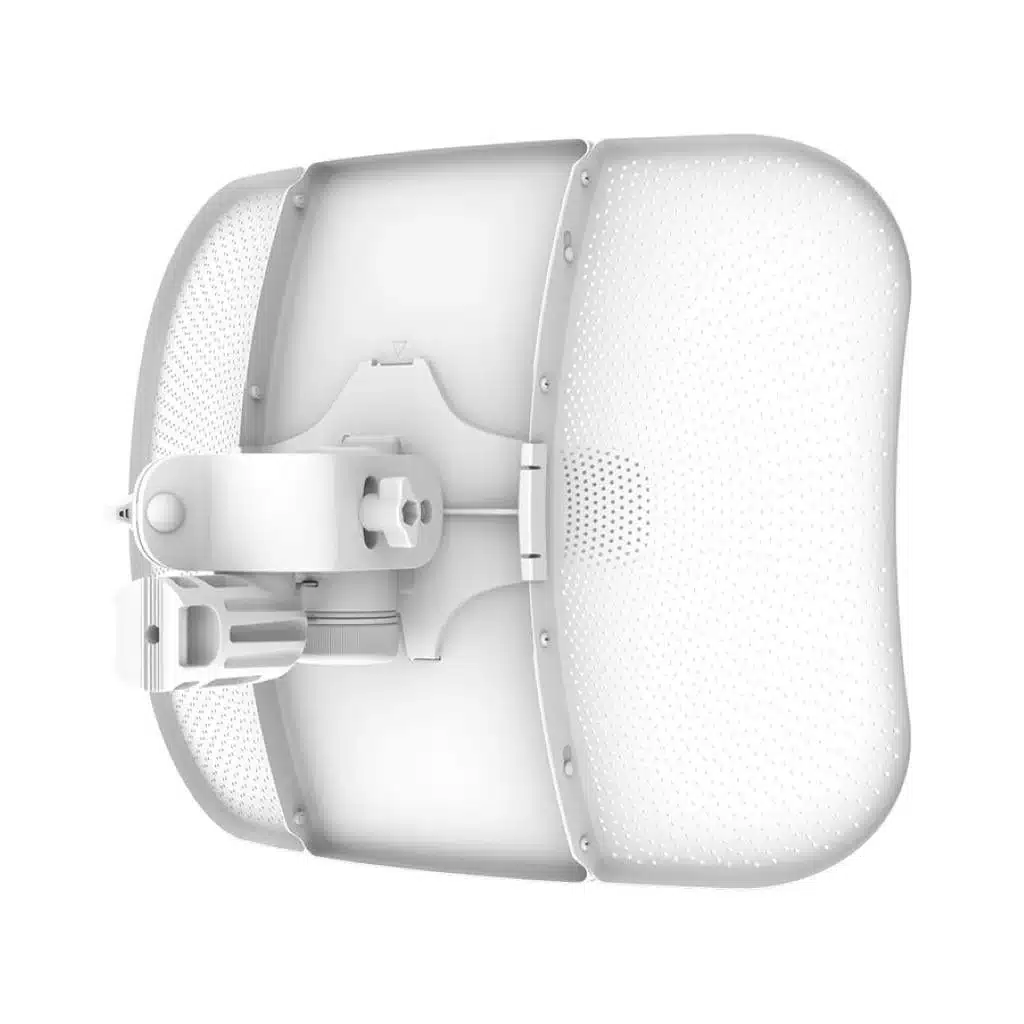

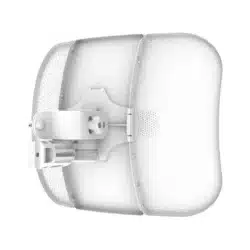

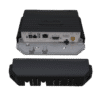



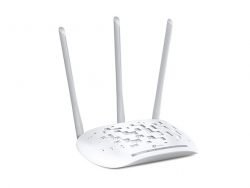



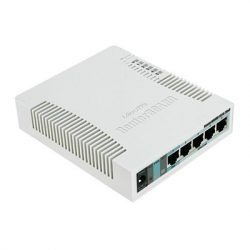
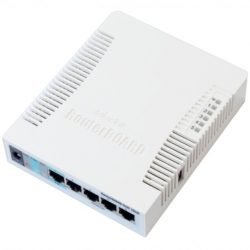

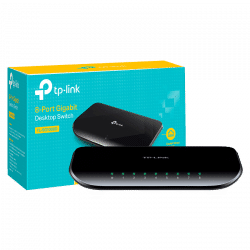


Reviews
There are no reviews yet.